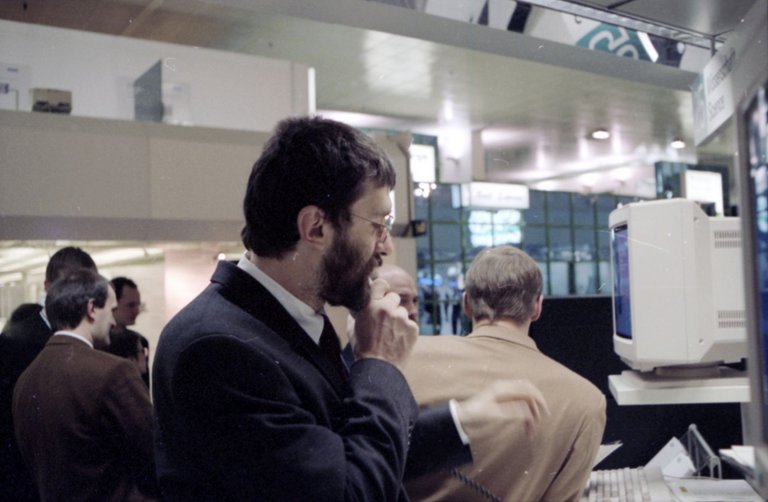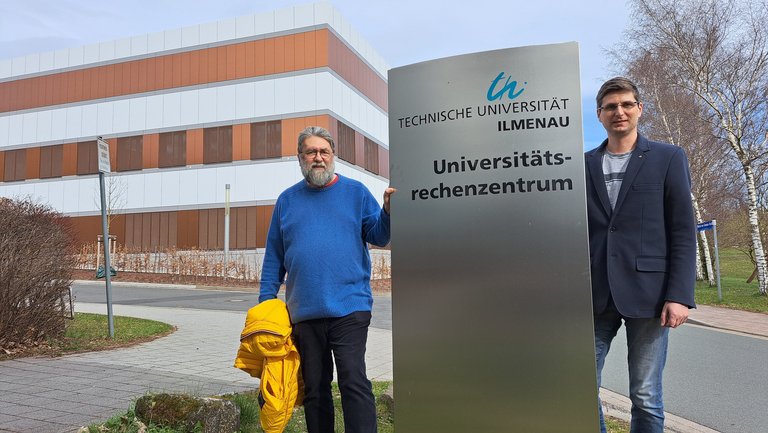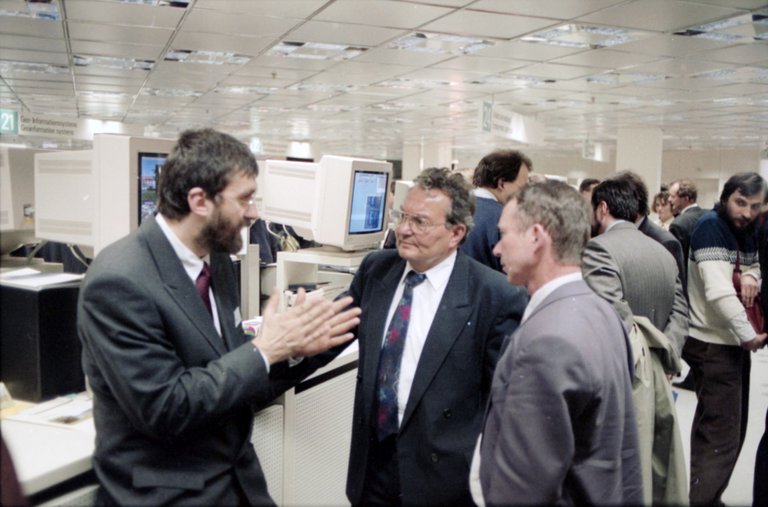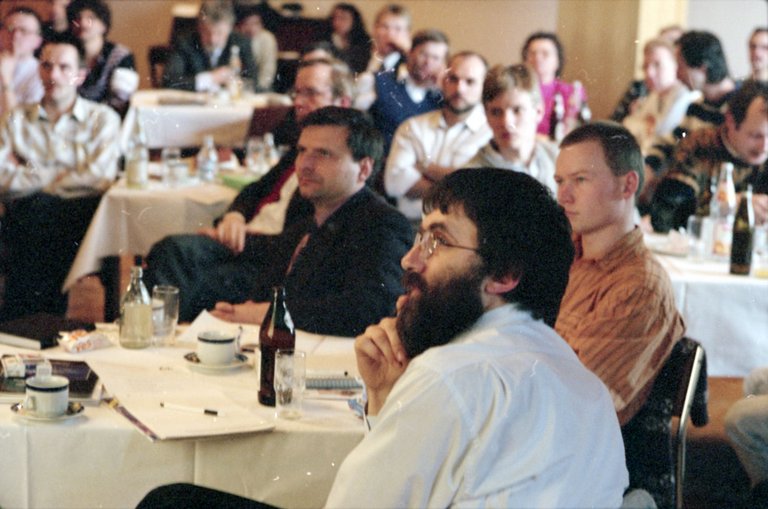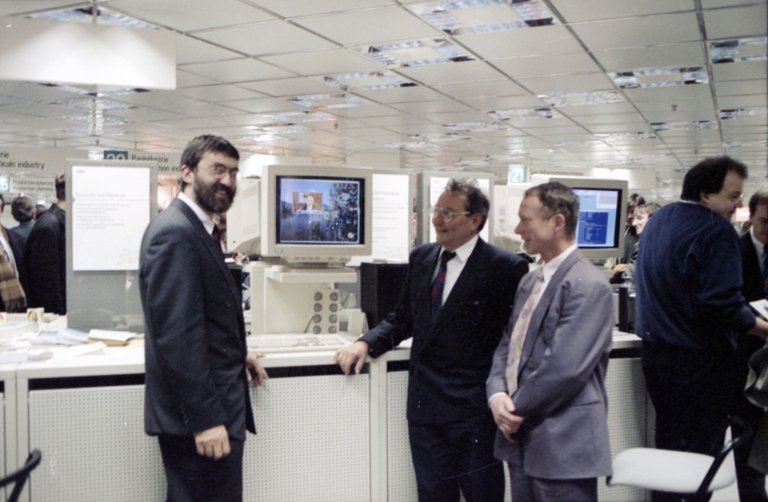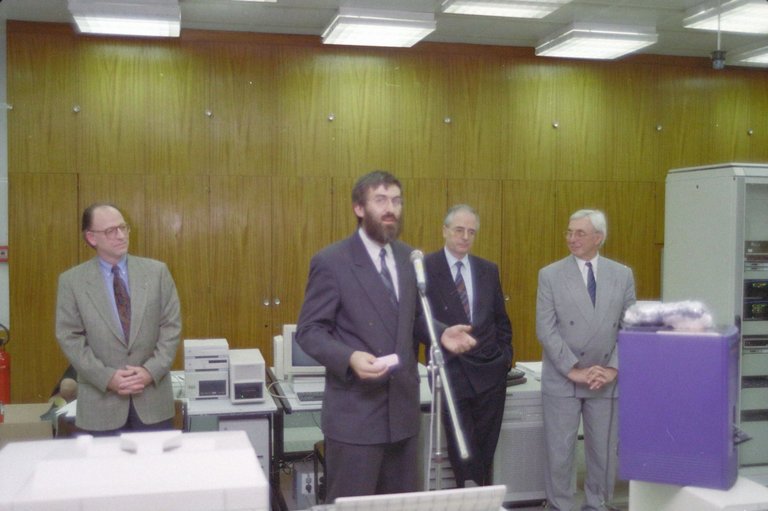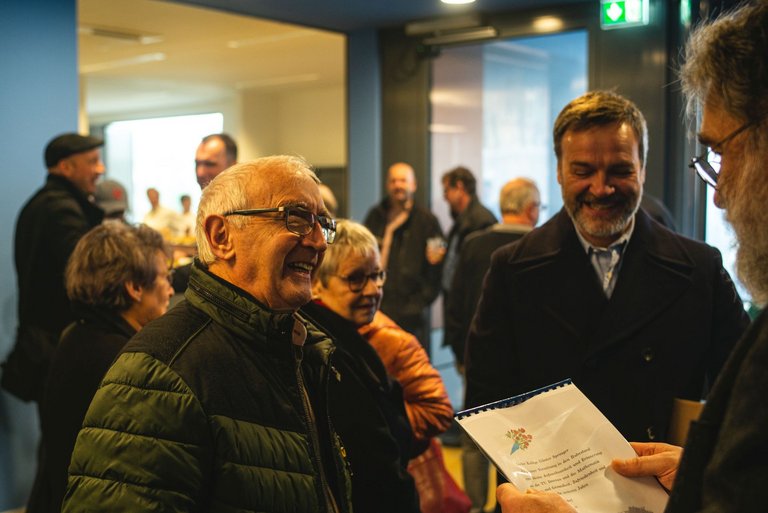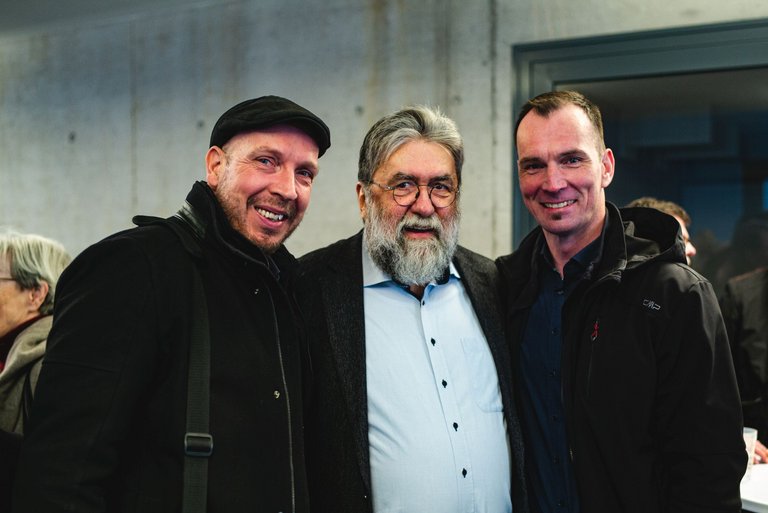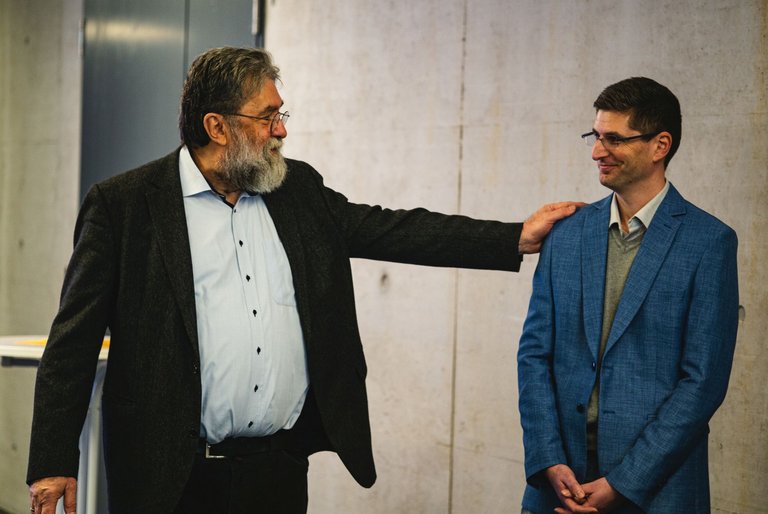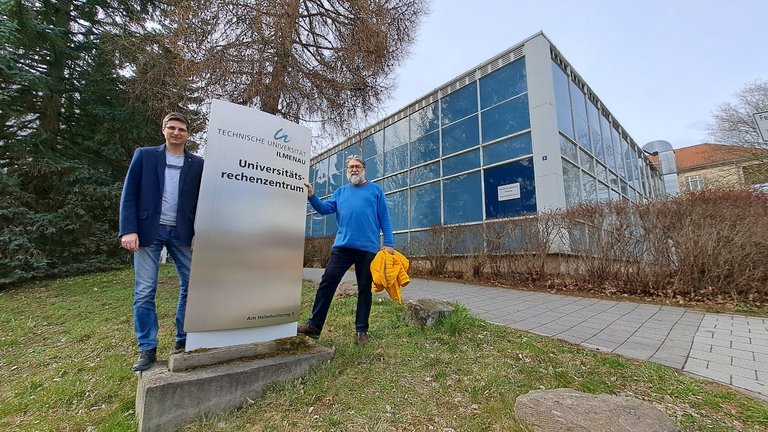Günter Springer headed the University Computer Center (UniRZ) at the TU Ilmenau for 27 years. He has many memories of the computer center, as he started working as an apprentice at the then "Technische Hochschule Ilmenau" after leaving school. On his retirement, Günter Springer takes UNIonline on a journey through 50 years of his work and looks at the development of the UniRZ - from the GDR era to the construction of the new IT service center.
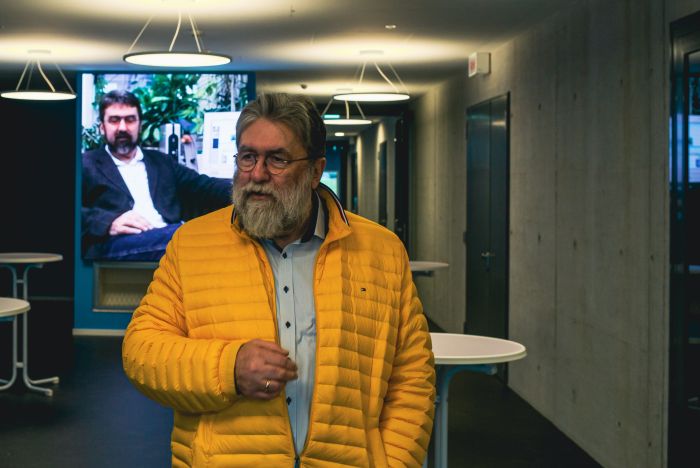
Hello Mr. Springer, you have been working at TU Ilmenau for more than 50 years. In 1971, you started as an apprentice at the then "Technische Hochschule Ilmenau", when the current old Computer Center was still in its infancy.
When I started here as an apprentice at the computer center, which was then called the "Organization and Computer Center" (ORZ), I began training as a "skilled worker for electronic data processing, which I wanted to combine as a three-year apprenticeship with a high school diploma. However, this was then abolished at short notcie, so that I did the training without Abi in two years. Fortunately, there was then an Abitur course (two years, three evenings a week with six school hours) at the adult education center. Only two of my class of 30 students were allowed to take the Abitur at the EOS (extended secondary school). At that time the now hopefully soon old computer center had just been rebuilt. By the way, I graduated quite well with the specialization "programming assistant", but I also worked as an operator and became department manager of this department "production" in 1986. There is also a story about that! The ZRA 1, which was installed in the Helmholtz Building, the old location of the "Institute for Machine Computing", was replaced by the ODRA 1204 and the R300. In the following years I experienced the installation of various ESER facilities. I was allowed to work directly with all these systems as an "operator". The receipt desk served as the job queue, which was later reopened as the IT service desk. The data center still had real master knowledge.
You have completed your studies of Mathematics at the TH Ilmenau 1976-1981 in the former "Section MARÖK" Mathematics, Computing and Economic Cybernetics. completed your studies. Subsequently, you started your work at the Computing Center. What has changed in the state of the art since then?
Almost 60 years ago, computer pioneer Gordon Moore predicted for the then coming decade that the number of circuits on a chip could double every year. In the decades that followed, it was confirmed again and again that the complexity of computer components doubles at short intervals. I myself started working with computers that had ferrite core memory of 32 or 64k bytes and required a good 15-20sqm of floor space. Graphical data processing and communication between computers did not exist. Programming was done in assembler, which was very close to machine language. Now we have worldwide networked computers of different performance classes, all of them have graphical user interfaces, the memory capacities are at least a million times larger and the application areas are very diverse.
The end of my studies coincided with the microelectronics revolution in the GDR as well. Already in the early eighties I had access to the source code of Unix systems, worked on the adaptation to computers of the "socialist economic area". I spent many nights at the PDP11 replica, which was installed for the "circuit developers" in the Helmholtz building. After the fall of the wall, I experienced the next revolutionary change in my working environment, which was much more positive than for many other fellow citizens of the GDR, thanks to my work at the TU Ilmenau. New PC pools were set up as "Rechentechnische Kabinette", the TU received an erWin connection (extended science network) and campus networking began. Soon there was not only Internet news, Gopher as an alphanumeric precursor of the WWW and the first hacker of the TU Ilmenau, whom we still caught.
From 1995 to 2022, you managed the University Computing Center and also served as the University's Chief Information Officer since 2014, responsible for the further development, implementation and control of the IT strategy of the entire university, including IT security. How did you experience this time?
When I took over the management of the UniRZ on November 1, 1995, there was still a sense of unbureaucratic optimism everywhere. I consider it a great gift to be able to conclude my working life with the near-completion of the new UniRZ building, the Grace Hopper Building.
As head of the data center, you played an active role in shaping the development of this new IT service center. What was particularly important to you?
The effective use of the resources entrusted to me, the coordination of common goals between employees and university management, the design of the cooperation of the UniRZ with all areas of the university and the cooperation of data centers nationwide. I was a member and also chairman of corresponding committees (ZKI, DFN, DINI and others). The cooperation of the Thuringian universities was especially close to my heart.
During your career, you have experienced a lot and met many different people. Which moments and encounters have remained particularly vivid in your memory?
The time of reunification with its challenges also had its opportunities. I was able to meet many interesting personalities. I will mention only three, who have unfortunately passed away in the meantime. The first post-rector Prof. Köhler, Prof. Schipanski and Eike Jessen, one of the founding fathers of DFN-Verein. In addition, there were still many special people, especially in the environment of university and IT administration, who are fortunately still alive.
Many of us know you as a soccer fan and cyclist who always travels in an environmentally friendly manner by bus and bicycle. What do you want to make time for in retirement that you haven't had time for so far?
Of course, I want to take more time for my family. Together with my wife, I moved back into my childhood home in 2017. There is still a lot to do there. Then I'd like to sort out some of the things that have fallen by the wayside in recent years. And then there's another project floating around in my head that I don't want to talk about yet.
You have gradually withdrawn from active professional life. Will you continue to drop by your workplace from time to time in the future?
Of course I will, and not just in the Grace Hopper Building. Most of all, though, I'll be an observer and follow the information on social media and the university's web page.
Now, as I end my active time at TU Ilmenau at the end of the month, I would like to thank everyone who has supported me in my work and ask forgiveness from anyone I may have wronged. I wish the active people at the TU Ilmenau, especially the UniRZ and the HS-ITZ, great and also small successes. I will gladly and certainly follow this from a distance in the future.


